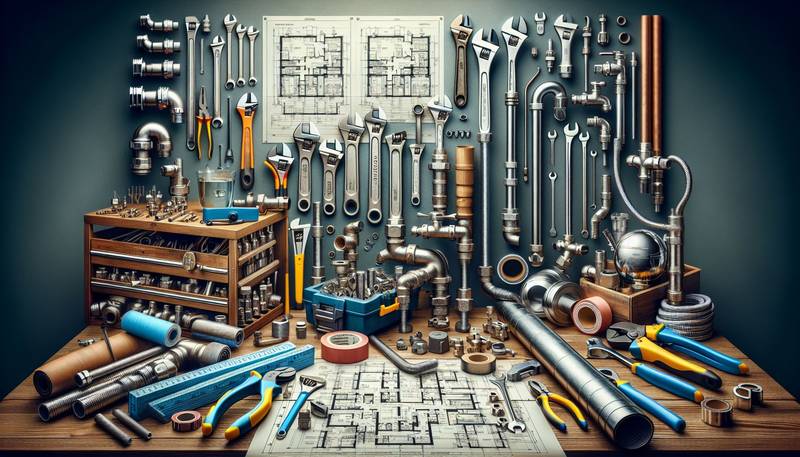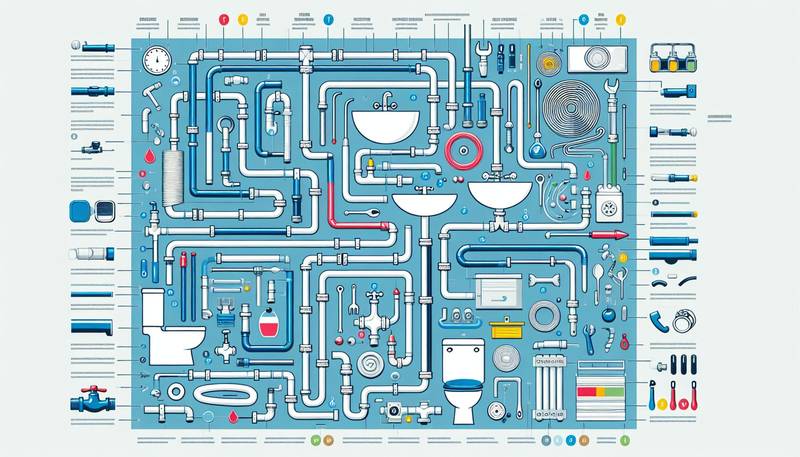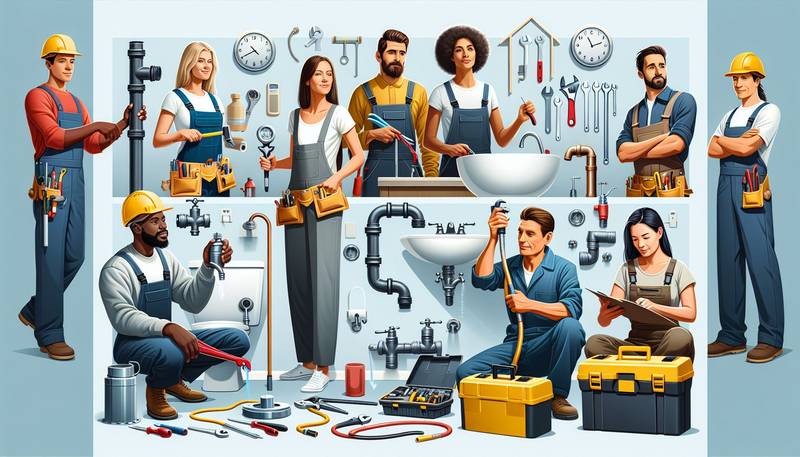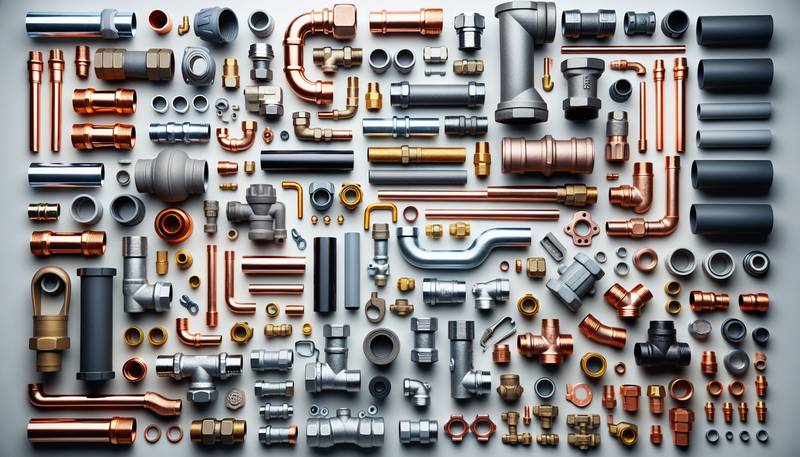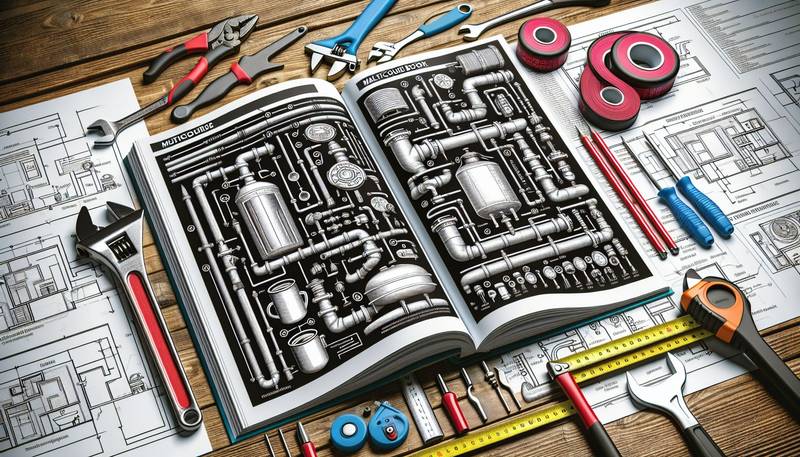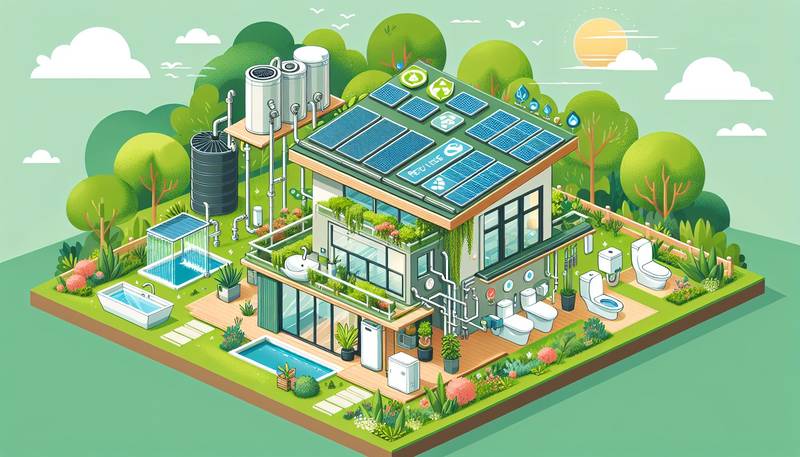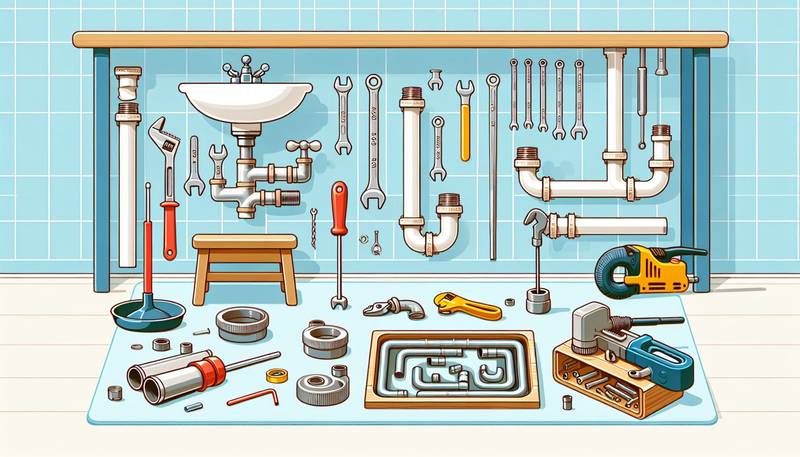Revamping Your Plumbing System: What You Need to Know
Over time, however, plumbing systems can deteriorate or become outdated, leading to various issues such as leaks, clogs, and water damage. In order to prevent these problems and maintain the efficiency of your plumbing system, it may be necessary to revamp or upgrade it.
Signs that Your Plumbing System Needs Revamping
There are several signs that indicate your plumbing system may need revamping. These include frequent leaks, low water pressure, slow drains, foul odors, and outdated pipes or fixtures. If you notice any of these issues, it is important to address them promptly to prevent further damage and ensure the proper functioning of your plumbing system.
Planning Your Plumbing System Revamp
Before starting any revamping project, it is essential to plan carefully and consider various factors such as the age and condition of your existing plumbing system, your budget, and your specific needs and preferences. It may be helpful to consult with a professional plumber to assess the situation and determine the best course of action.
Upgrading Your Plumbing Fixtures
One of the most common ways to revamp a plumbing system is to upgrade the fixtures. This can include replacing old faucets, showerheads, toilets, and sinks with newer, more efficient models. By doing so, you can improve the aesthetics of your space, reduce water consumption, and enhance overall functionality. When choosing new fixtures, be sure to select high-quality, water-saving products that meet your style and budget requirements.
Replacing Outdated Pipes
Old, deteriorating pipes can cause a host of problems such as leaks, corrosion, and reduced water quality. If your plumbing system is plagued by these issues, it may be time to replace the pipes. There are several options available, including copper, PVC, and PEX piping, each with its own advantages and limitations. A professional plumber can help you determine the best type of pipes for your specific needs and ensure they are installed correctly.
Installing a Water Filtration System
If you are concerned about the quality of your water, installing a water filtration system can be an effective solution. This system can remove contaminants, such as lead, chlorine, and bacteria, providing you with clean, safe water for cooking, drinking, and bathing. There are various types of water filtration systems available, including under-sink filters, whole-house filters, and reverse osmosis systems. Consider your water quality concerns and budget to choose the right system for your home.
Conclusion
Revamping your plumbing system is a crucial step in maintaining the integrity and efficiency of your home or building. By identifying signs that indicate your plumbing system needs attention, planning carefully, and making necessary upgrades, you can prevent potential issues and ensure the long-term functionality of your system. Whether you need to replace outdated fixtures, pipes, or install a water filtration system, it is important to consult with a professional plumber to get the job done right. By investing in your plumbing system, you can enjoy a safer, more comfortable living environment for years to come.
